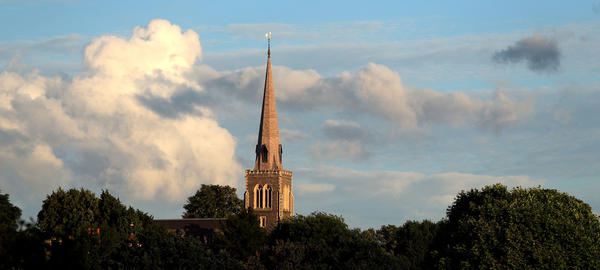Matt Hancock said the agreement with the Church of England to use spires showed medieval buildings can still help deliver 21st century services.
The department for Digital, Culture, Media and Sport said guidance set out by both the Church and Historic England will ensure that that any telecoms infrastructure does not impact on the character and architectural or historic significance of churches.
The majority of Anglican churches (65 per cent) and parishes (66 per cent) in England are in rural areas, often in the heart of their communities, and so are well-placed to tackle problems of poor connectivity.
They will be used alongside other church properties and farm buildings to host telecoms infrastructure.
Mr Hancock said: “Churches are central features and valued assets for local communities up and down the country.
“This agreement with the Church of England will mean that even a 15th century building can help make Britain fit for the future, improving people’s lives by boosting connectivity in some of our hardest-to-reach areas.”
The Dioceses of Chelmsford and Norwich are already supporting programmes which use Church buildings to improve connectivity in rural areas.
The Bishop of Chelmsford, Right Reverend Stephen Cottrell, said: “We know that rural churches in particular have always served as a hub for their communities. Encouraging churches to improve connectivity…
… Read More
—
Click Read More to read the rest of the story from our content source/partners – Premier Christianity News.
